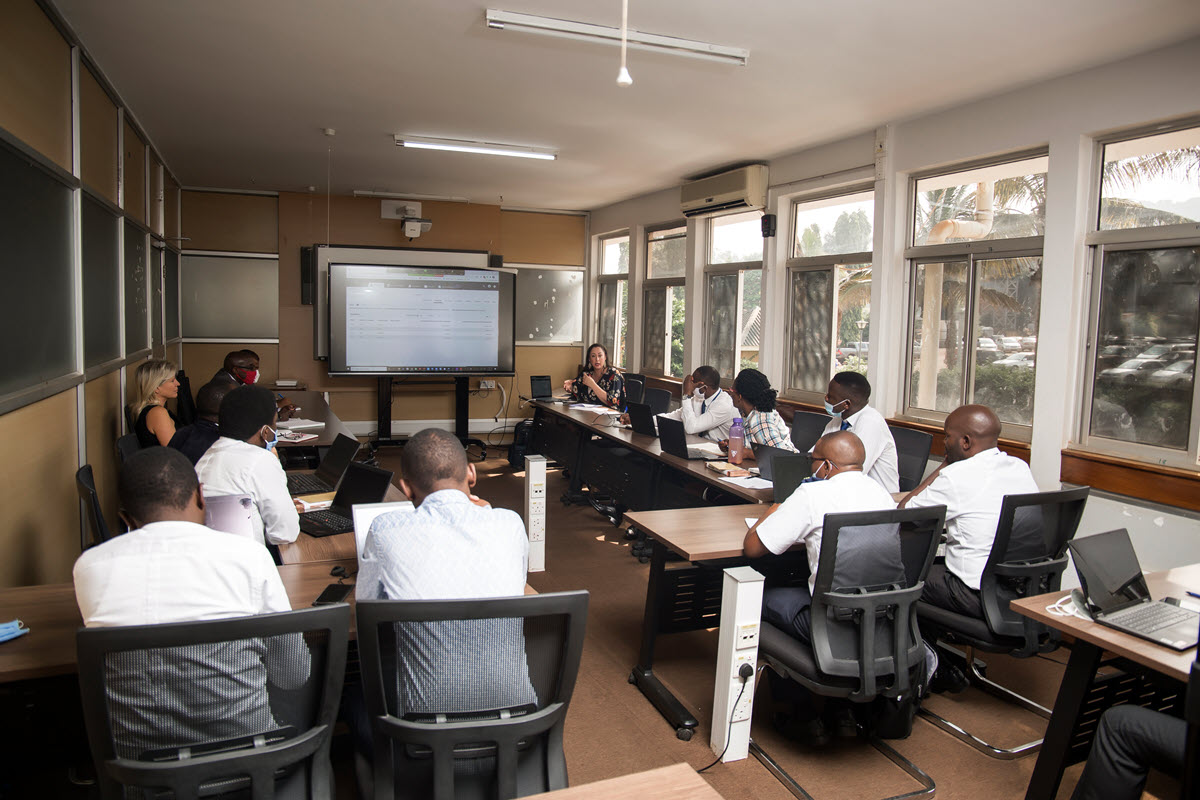UGANDA – Kampala | Real Muloodi News | The government hired RippleNami Uganda to implement software that aims to maximise rental tax collections. The project kicked off in October 2020, and now the software is nearing its final stages. RippleNami Uganda recently gave a demonstration to the Uganda Revenue Authority (URA).
The software is called the Rental Tax Collection System (rTCS), a multifaceted system that will identify and prioritise individuals or organisations that are likely underpaying their rental income commitments.
The system is nearing completion as Uganda faces critical budget shortfalls and unprecedented debt levels.
Uganda’s public debt has increased by 70% in the last three years, amounting to UGX 56.88 trillion from UGX 33.5 trillion, according to the Auditor General’s report of June 2020. The report also showed that Uganda’s tax to GDP ratio is at 12%, whereas it should be at 15% as recommended by the International Monetary Fund (IMF).
The purpose of the demonstration was to help various URA teams, among them compliance, tax investigations, service management, information technology, and process management, to test and provide feedback. This project will help these teams estimate how much rental tax is payable by an individual or organisation.
“We recently demonstrated a digital user interface prototype of the Rental Tax Compliance System to URA. The prototype provided prospective users with a simulation of the final product for testing and feedback before launch,” Ms. Connolly-LaBelle, Chairperson, RippleNami Uganda, explained.
The software will:
- Collect data from URA, the Ministries of Lands and Local Government, Kampala Capital City Authority, National Identification, Registration Authority, National Water and Sewerage Corporation, National Information Technology Authority, and Uganda Communications Commission;
- Analyse and sort the data to identify owners and their rental income;
- Categorise whether a property is owner-occupied or rented;
- Provide a digital address for each property.
According to John Musinguzi Rujoki, Commissioner-General of the URA, “rTCS is part of a larger digital component under the Domestic Revenue Mobilisation Strategy 2019/24 through which the government is aiming to increase the rate of tax to gross domestic product.”
READ MORE LIKE THIS
What is the Rental Tax Compliance System?
MDAs Work Together to Implement Rental Tax System



